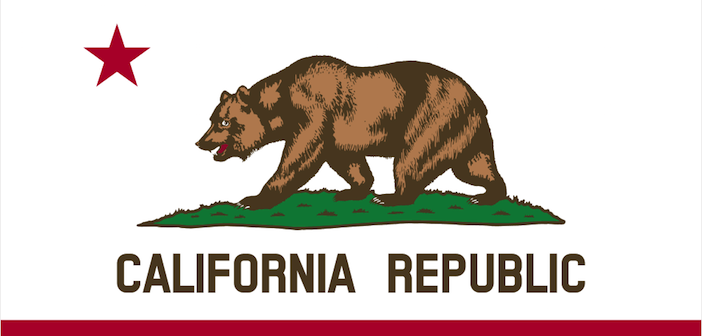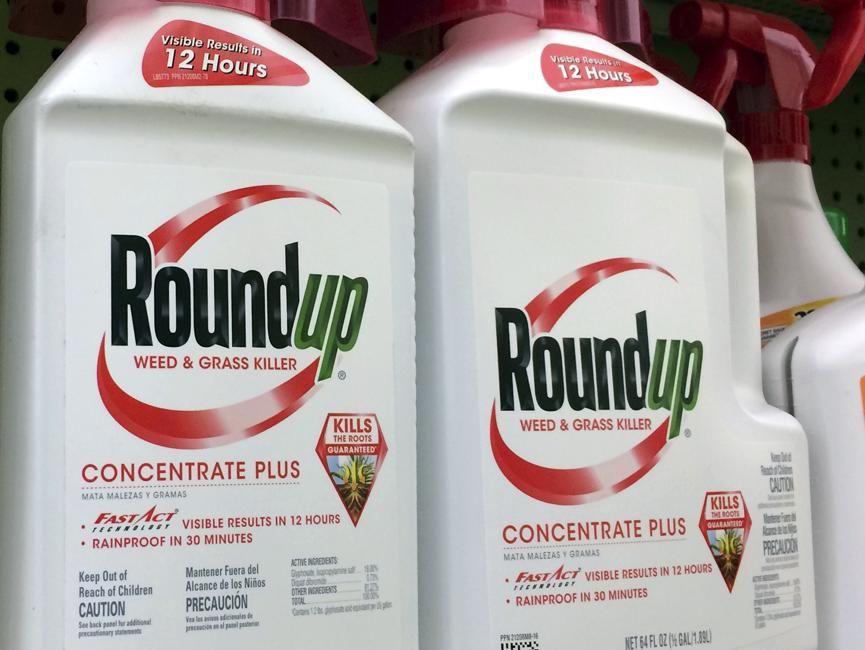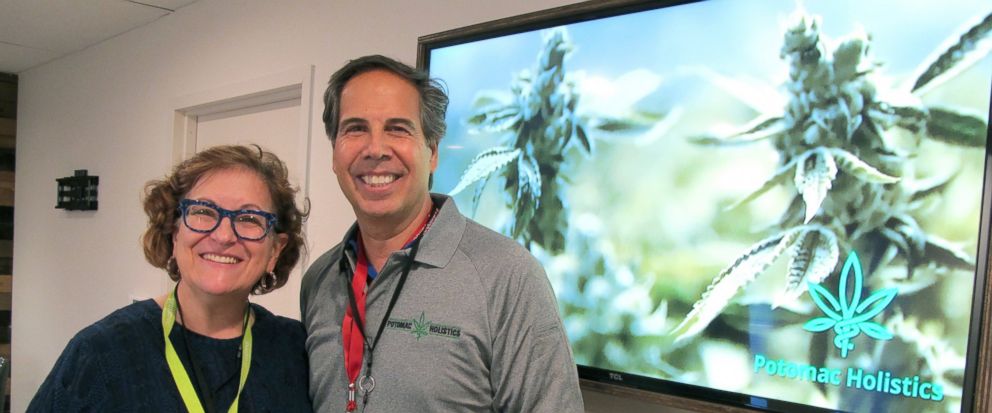The California Department of Public Health launched an educational website ahead of the launch of recreational cannabis in January 2018. “Let’s Talk Cannabis” aims to educate consumers about the rules, regulations, and safe use of cannabis.
Before we dive in, let’s take a look at the history of California’s cannabis market.
California was the first state in the nation to approve medical cannabis consumption for adults with the passage of Proposition 15 in 1996. In 2010, voters failed to pass a recreational cannabis bill, but advocates weren’t discouraged.
In November 2016, California voters approved Proposition 64 to allow cannabis retail sales for adult consumers throughout the state. A report by Arcview, in cooperation with New Frontier Data, projects California’s cannabis market to grow to $6.5 billion by 2020.
California leads the nation in cannabis consumption. In 2016, California accounted for 27 percent of the legal market in North America, according to Arcview. To put that into context, Colorado and Washington, which already had recreational programs in place in 2016, made up 20 percent and 11 percent respectively. Analysts expect California’s recreational launch to provide a boost to the overall 2018 market share of cannabis in the U.S.
Now that you’re all caught up, here are three key takeaways from “Let’s Talk Cannabis.”
What you can and can’t do
Adults in California age 21 and older can legally purchase, carry, grow, and consume cannabis beginning Jan. 1, 2018. Adults can possess up to one ounce of marijuana flower or up to eight grams of concentrates. Home cultivations are limited to six plants on private land — more than that, you’ll need to apply for a commercial cultivator license.
Consumption of any kind is prohibited in public places. Yes, that includes vapes and edibles. Landlords and property managers also reserve the right to restrict cannabis consumption on their property, so read your rental agreement thoroughly.
Thinking about heading to your favorite national recreation spot to spark up? Don’t. Cannabis is still considered a Schedule I substance by the federal government and possession of cannabis on federal land is still strictly prohibited — even if that land is located in a marijuana-friendly state.
And while we’re talking about other states, keep your cannabis in California. Crossing state lines with cannabis is a risk that can get you into some deep legal hot water. On the state level, punishments vary depending on the state into which you transport cannabis. On the federal level, transporting any quantity of cannabis up of 50 kg across state lines can result in a fine up to $250,000 and/or five years of jail time. Thanks to the Supremacy Clause of the Constitution, the federal government can decide to enforce this penalty at any time.
Finally, do not operate vehicles or machinery after consuming cannabis. Driving while intoxicated is against the law regardless of the substance. And for you water lovers out there, operating a watercraft while under the influence is also prohibited.
Medical marijuana isn’t going away
California’s Medical Marijuana program is and will continue to be available to patients over the age of 18 with a qualifying condition. Qualifying conditions include AIDS, anorexia, arthritis, cachexia, cancer, chronic pain, glaucoma, migraines, severe nausea, muscle spasms, seizures or any other chronic condition that “substantially limits your ability to conduct one or more major life activities” or “if not alleviated, may cause serious harm” to your health.
Medical patients and caregivers can purchase up to eight ounces of cannabis. They may also grow up to six mature (or 12 immature) plants. Although cannabis is legal in California, employers have the right to prohibit its use by their employees.
While California’s recreational marketplace will impose taxes on every purchase, medical cannabis patients are exempt from paying sales tax on their purchases, though they may be responsible for other taxes.
Be responsible — for yourself and others
“Let’s Talk Cannabis” includes sub-sections with advice for parents, mothers, mothers-to-be, and those concerned about cannabis’ effects on youth.
While cannabis can be used to treat nausea, the California Department of Health warns against it for expectant and breastfeeding mothers. Pregnant and breastfeeding women should consult their doctor to discuss the effects of cannabis consumption on child development in the womb.
Studies have shown cannabis use early on can lead to changes in youth brain development. Cannabis consumption is illegal in the state for recreational consumers under the age of 21 and medical patients under the age of 18, with a few exceptions.
The language of Proposition 215 does not necessarily restrict minors’ access to medical marijuana, and the Medical Marijuana Program’s Health and Safety Code states an applicant under the age of 18 can provide a certified birth certificate as proof of identity on their patient application. “Let’s Talk California” doesn’t explicitly address this aspect of the Medical Marijuana Program.
Parents and mentors should be open and informative with children when it comes to talking about cannabis. “Be aware of your own attitudes and behaviors,” the site advises, encouraging parents to set clear expectations for healthy behaviors.
credit:marijuana.com













